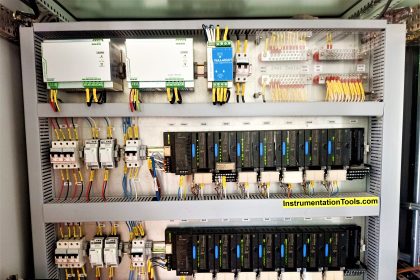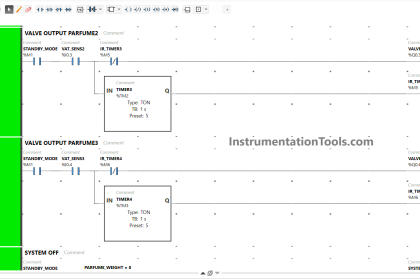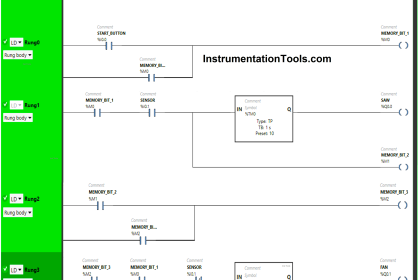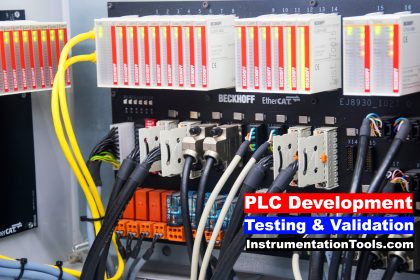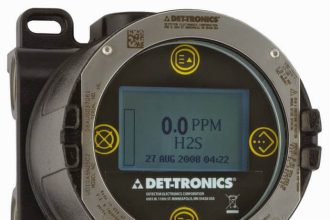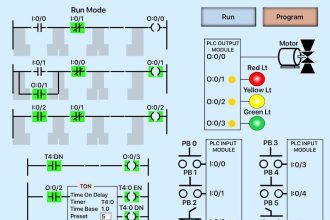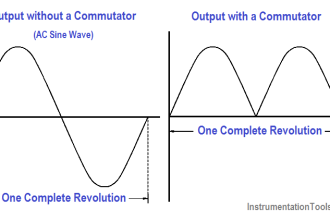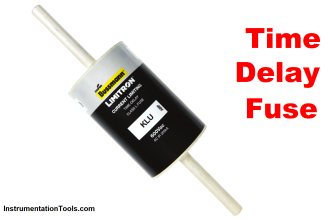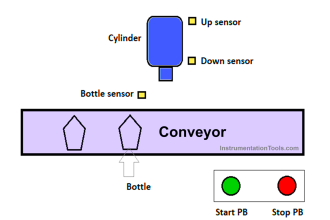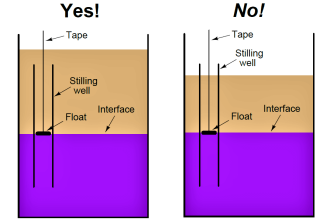In the early days of programmable logic controllers, processor speed and memory were too limited to support anything but discrete (on/off) control functions.
Consequently, the only I/O capability found on early PLCs were discrete in nature. Modern PLC technology, though, is powerful enough to support the measurement, processing, and output of analog (continuously variable) signals.
All PLCs are digital devices at heart. Thus, in order to interface with an analog sensor or control device, some “translation” is necessary between the analog and digital worlds. Inside every analog input module is an ADC, or Analog-to-Digital Converter, circuit designed to convert an analog electrical signal into a multi-bit binary word.
Conversely, every analog output module contains a DAC, or Digital-to-Analog Converter, circuit to convert the PLC’s digital command words into analog electrical quantities.
Analog I/O is commonly available for modular PLCs for many different analog signal types, including:
- Voltage (0 to 10 volt, 0 to 5 volt)
- Current (0 to 20 mA, 4 to 20 mA)
- Thermocouple (millivoltage)
- RTD
- Strain gauge
PLC Analog I/O
The following photographs show two analog I/O cards for an Allen-Bradley SLC 500 modular PLC system, an analog input card and an analog output card. Labels on the terminal cover doors indicate screw terminal assignments:
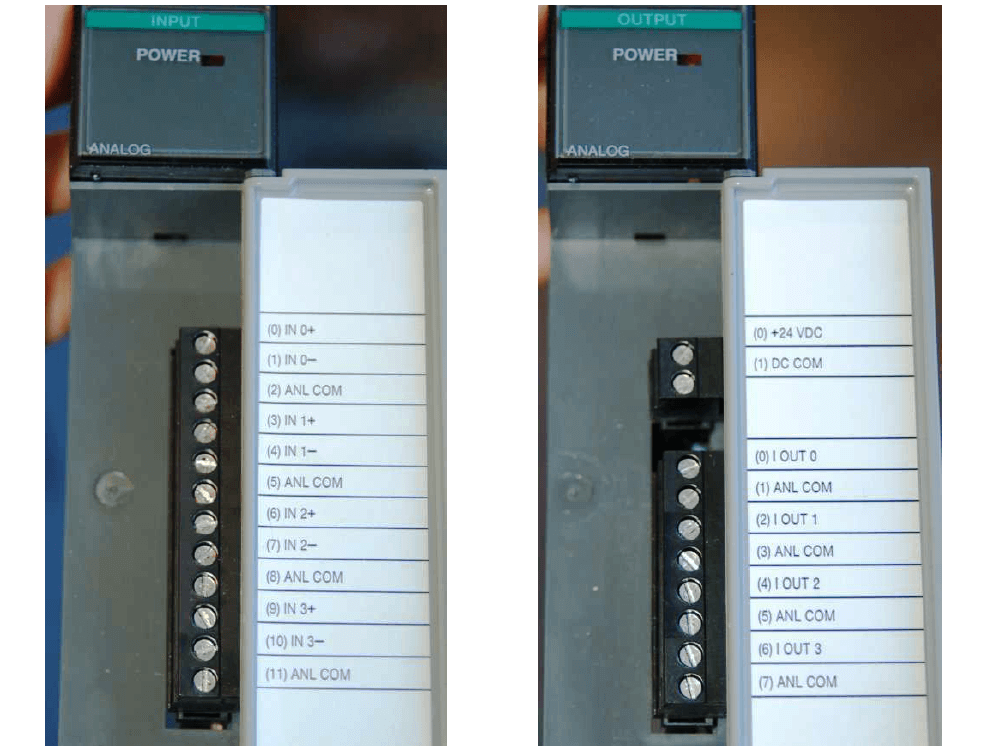
PLC Network I/O
Many different digital network standards exist for PLCs to communicate with, from PLC to PLC and between PLCs and field devices.
One of the earliest digital protocols developed for PLC communication was Modbus, originally for the Modicon brand of PLC.
Modbus was adopted by other PLC and industrial device manufacturers as a de facto standard, and remains perhaps the most universal digital protocol available for industrial digital devices today.
Another digital network standard developed by a particular manufacturer and later adopted as a de facto standard is Profibus, originally developed by Siemens.
Credits : by Tony R. Kuphaldt
PLC Tutorials :
What is Programmable Logic Controller ?
What is Ladder Diagram Programming ?
History of Programmable Logic Controllers
Mis-conceptions of PLC Ladder Logic
Contacts and coils in PLC
Digital Input and Output Modules
Analog I/O and Network I/O
PLC Input/Output Modules
Memory Mapping in PLC
Analog Input Scaling
PLC Example with Switches
Counter Instructions
Timer Instructions
Math instructions
Data Instructions
Ladder Logic Questions
If you liked this article, then please subscribe to our YouTube Channel for PLC and SCADA video tutorials.
You can also follow us on Facebook and Twitter to receive daily updates.

